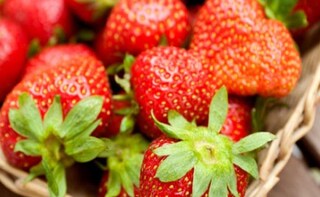There's something about winter - the bite of cold in the air, the crisp mornings, the fresh green of the trees after the monsoon, the moth-ball soaked aroma of shawls and sweaters and scarves that have been trundled out of cupboards, the welcoming cups of morning tea, the warmth of your razai. And depending on where in India you are, bright snow to scrunch underfoot and little whorls of fog when you speak.One of the great other pleasures of winter is the food; a time to feast, a time to yield to heavier, richer flavours and ingredients. Plates of undhiyoo; bajre ki roti soaked in ghee; gajar ka halwa spiked with raisins; steaming bowls of paya; vasanu and eeda pak, the warming fudges beloved by the Parsi community; the frothy cloud-like malaiyo of Varanasi that is mirrored in Delhi streets as daulat ki chaat; the sweet potato, the deep greens of palak, methiand sarson, sweet little pearls of ponkh, the array of red and orange carrots, and the ruby-shaded strawberries.
Advertisement
Advertisement
Advertisement
- Any Oat biscuits 250g
- Butter 5 tbsp
- Strawberries 250g
- Caster sugar 1 tbsp
- Vodka 1/2 tbsp
- Whipped cream, to serve
- Mawa 230g
- Sugar 30g (or more depending on taste)
- Strawberries, pureed 200g
- Cardamom 1 tsp
- Pistachios 50g
Advertisement
- Milk 500g
- Basmati rice 30g
- Sugar 2 tbsp
- Strawberry puree 250g
- Cinnamon powder a pinch
- Almonds, roasted, to serve
For the latest food news, health tips and recipes, like us on Facebook or follow us on Twitter and YouTube.
Advertisement
